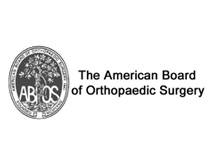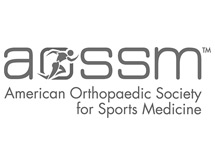Hip Dysplasia
Hip dysplasia is a condition which is seen in infants and young children as a result of developmental problems in the hip joint. The femur (thigh bone) partially or completely slips out of the hip socket causing dislocation at the hip joint. It is most common in the first born baby with a family history of the disorder. The exact cause for hip dysplasia is not known. Genetic factors play an important role in causing this birth defect.
The common symptoms of hip dysplasia include:
- Position of the legs may differ (dislocated hip may cause leg on that side to turn outwards)
- Restricted movement on the side of hip dislocation
- The leg may appear shorter on the side where the hip is dislocated
- Skin folds of fat on the thigh or buttocks may appear uneven.
In a normal hip, the head of the femur (thigh bone) fits well into the socket (acetabulum), whereas in hip dysplasia, the socket and femoral head are not congruent because of their abnormal development. Patients with hip dysplasia may have undergone one or more hip operations during their childhood which might have caused considerable skeletal changes and scarring of the soft tissues. Secondary osteoarthritis may develop later in life which may cause pain and stiffness in the hip. This is an indication for total hip replacement surgery. During this surgery, your surgeon enlarges and prepares the socket to receive the acetabular component. A bone graft may sometimes be placed to recreate the roof of a defective hip socket.










